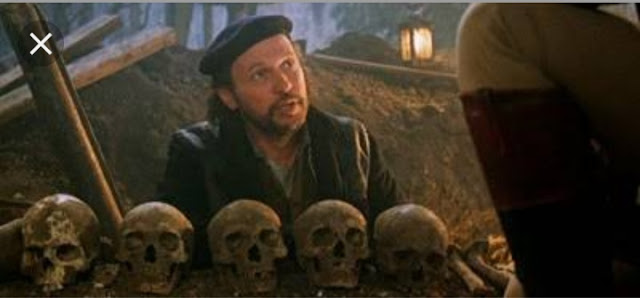Gérard Genette was a French literary theorist, associated in particular with the structuralist movement and such figures as Roland Barthes and Claude Lévi-Strauss, from whom he adapted the concept of bricolage.
Gérard Genette (born 1930) is a Frenchliterary theorist, associated in particular with the structuralist movement and such figures as Roland Barthes and Claude Lévi-Strauss, from whom he adapted the concept of bricolage.
He is largely responsible for the reintroduction of a rhetorical vocabulary into literary criticism, for example such terms as trope and metonymy. Additionally his work on narrative, best known in English through the selection Narrative Discourse: An Essay in Method, has been of importance. His major work is the multi-part Figuresseries, of which Narrative Discourse is a section.
His international influence is not as great as that of some others identified with structuralism, such as Roland Barthes and Claude Lévi-Strauss; his work is more often included in selections or discussed in secondary works than studied in its own right. Terms and techniques originating in his vocabulary and systems have, however, become widespread, such as the term paratext for prefaces, introductions, illustrations or other material accompanying the text, or hypotext for the sources of the text.
He gives a five types of narratives.
(1) ordeor
(2) frequency
(3) Duration
(4) mood
(5) voice
1) Order
Story arrangements like simple a murder occurs event -1 then the circumstances of the murder are revealed to a detective event -2 and finally the murder is caught event -3. Generally Savdhan India Tv serial following these type of Chronological. Example is a CID serial.
2) Frequency
The separation between an event and its narration allows several possibilities.
An event can be occured once and be narrated once.
An event can be ocuured once and be narrated many times. Example is Ramayana serial.
3) Duration
There are the two main elements of duration.
First is ten years passed but a short narrative time it mean they narrated in few seconds. Example is new mahabharat serial or kumkum bagaya serial.
4) Mood
Genette said narrative mood is dependent on the distance and perspective of the narrator, and like music, narrative mood has predominant patterns. It is related to voice.
5). Voice
Narrator is narrates the story in outside or he is becomes the part of the story.
Example : three midtakes of my life in govind's charachar. Or in mobydick esmaile's character.




